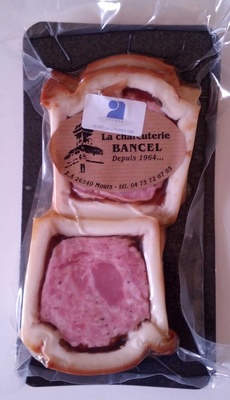Pâté croute - Romans Salaisons - 328 g
This product page is not complete. You can help to complete it by editing it and adding more data from the photos we have, or by taking more photos using the app for Android or iPhone/iPad. Thank you!
×
Barcode: 2608301027092 (EAN / EAN-13)
Common name: Pâté croute
Quantity: 328 g
Packaging: Fresh, Vacuum-packed
Brands: Romans Salaisons
Categories: Meats and their products, Meats, Prepared meats, fr:Charcuteries cuites, Pâté in crust
Traceability code: FR 26.218.031 CE - Mours-Saint-Eusèbe (Drôme, France)
Stores: U
Countries where sold: France
Matching with your preferences
Environment
Carbon footprint
Packaging
Transportation
Report a problem
Data sources
Product added on by domdom26
Last edit of product page on by fix-serving-size-bot.
Product page also edited by packbot, sebleouf.
If the data is incomplete or incorrect, you can complete or correct it by editing this page.






